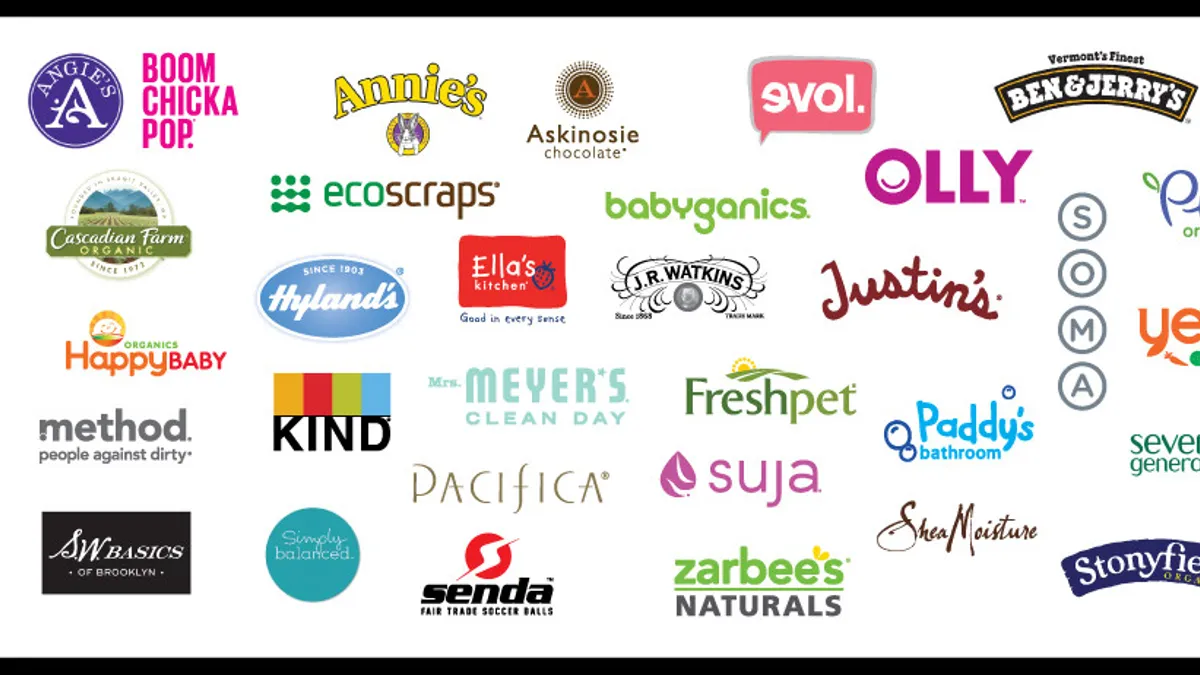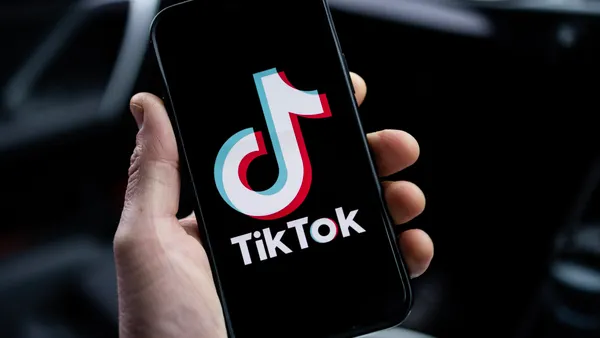Dive Brief:
-
Target’s “Made to Matter—Handpicked by Target” merchandise line will employ a stricter set of requirements designed to guarantee that all products within the assortment are more relevant to shoppers and healthier for the environment.
-
Target announced 100 new Made to Matter products in the food, baby, beauty, and household supplies categories, mostly third-party brands. Requirements for Made to Matter items include reduced waste and packaging, closed-loop production, no additives or harsh chemicals, food that meets dietary and allergy restrictions, and reduced sugar.
-
It’s a successful category for Target, the retailer said Wednesday. The company hit its goal of $1 billion in sales, and brands included in last year’s Made to Matter collection saw, on average, about 30% sales growth, 1.5 times faster than other categories.
Dive Insight:
Despite its boasts about sales, Target’s Made to Matter program, launched in 2014, is not a huge money-maker for the retailer, and its new requirements will actually trim the product variety in the Made to Matter category. According to Fortune, Made to Matter previously included 200 items from 30 brands, but Target chief marketing officer Jeff Jones told the magazine that number was too many, undermining Made to Matter’s impact.
“Guests love the Made to Matter collection because it offers them a way to easily discover new products that are better for them, their families and the world around them,” Jones said in a statement. “In our third year, we wanted to make an even more meaningful impact, so we moved from curator to catalyst and challenged our partners to innovate with five important criteria in mind. The refined approach ensures that our guests can continue to count on Made to Matter to offer a wide variety of new products that truly make a difference.”
Made to Matter is nevertheless one of the differentiators the company needs to compete with the likes of Wal-Mart and Amazon, which often best it on price and assortment. Target decided decades ago—after starting and losing a price war against Wal-Mart—that differentiating its products would be key to its competitive edge, Columbia University retail studies professor Mark Cohen has told Retail Dive.
That’s what led to Target’s concerted effort to bring in fashion designers and find other ways to make its merchandising appeal to shoppers, he said. While Target faltered in recent years in that endeavor, it’s bringing it all back under CEO Brian Cornell.
“Target is just now getting its own mojo back after frittering it away over the last seven or so years, which is to say they were focused, importantly, on interesting, well-differentiated goods in addition to having the everyday things that people shop for every day,” Cohen told Retail Dive earlier this year.















